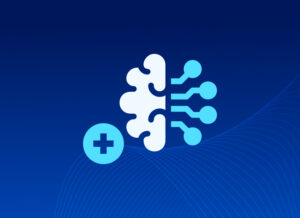
Verticals
Related Articles
-
Emerging Trends in Artificial Intelligence and What They Mean for Risk Management
Explore some of the top emerging trends in AI and their impact on risk management strategies for Federal agencies and contractors.
From Pilot to Production: Operationalizing Healthcare GenAI in Secure Multicloud Environments
The path to operationalizing GenAI begins with use cases that are narrow enough to implement quickly, but meaningful enough to prove value.




